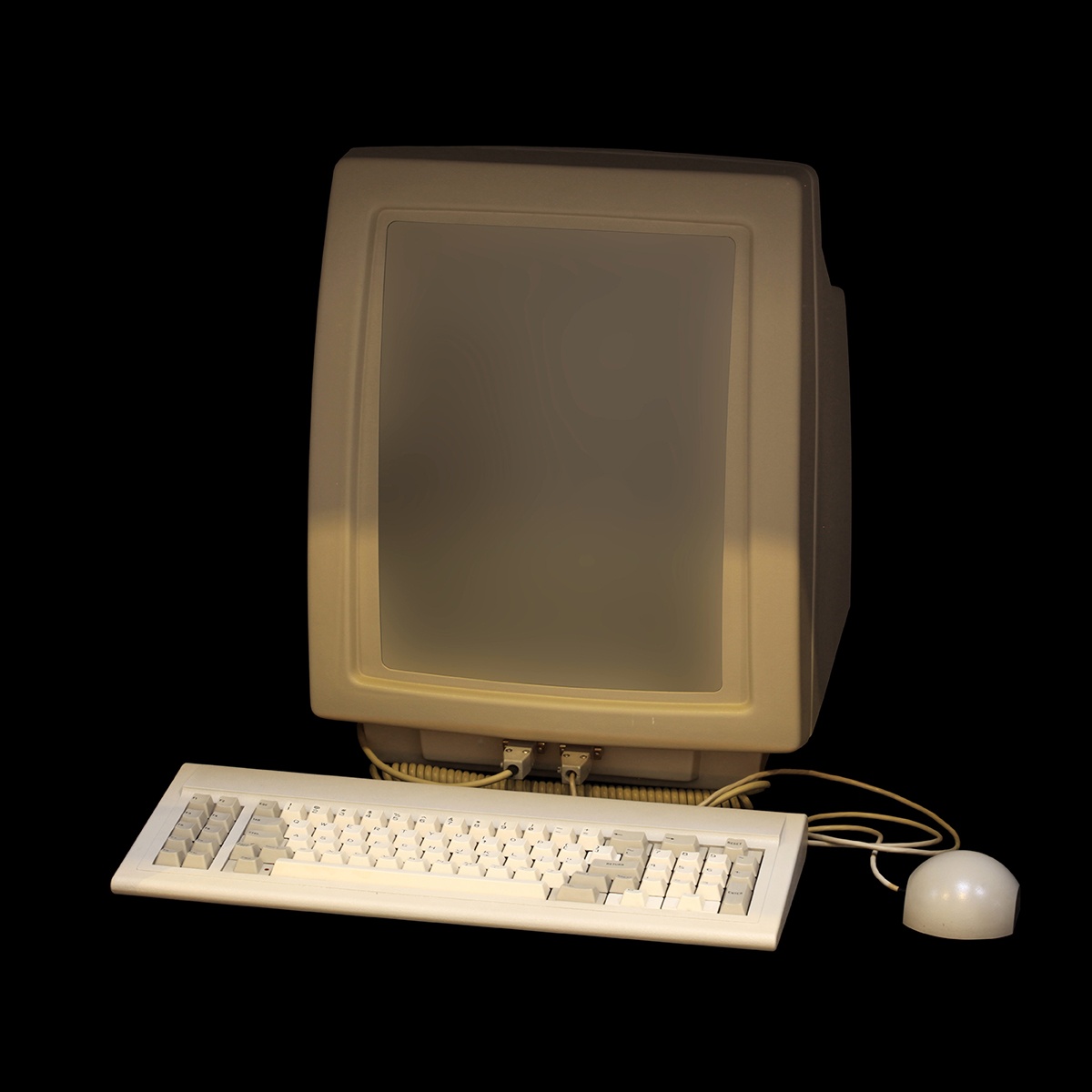
Author Safe Swiss Cloud on 15 December 2017 Safe Swiss Cloud's blog


Author Safe Swiss Cloud on 15 December 2017 Safe Swiss Cloud's blog
In fall 1977, Niklaus Wirth, from the Institut für Informatik of ETH, initiated the development of a personal computer after returning from a sabbatical at Xerox PARC. Being unable to bring back a Xerox Alto from Palo Alto, he decided to build a system from scratch. The DISER Lilith was a computer based on an AMD 2901 bit-slice processor and had four hardware components: the system unit, the video display, the keyboard and the mouse. The Lilith was one of the first computer workstations worldwide with a high-resolution graphical display and a mouse.

Author David Poole on 14 December 2017 David Poole's blog
Cellophane was invented in 1908 by Swiss chemist Jacques E. Brandenberger. Inspired by seeing a wine spill on a restaurant’s tablecloth, he decided to create a cloth that could repel liquids rather than absorb them. In 1912 he built a machine to manufacture the film called Cellophane, from cellulose and diaphane (the French word for transparent).
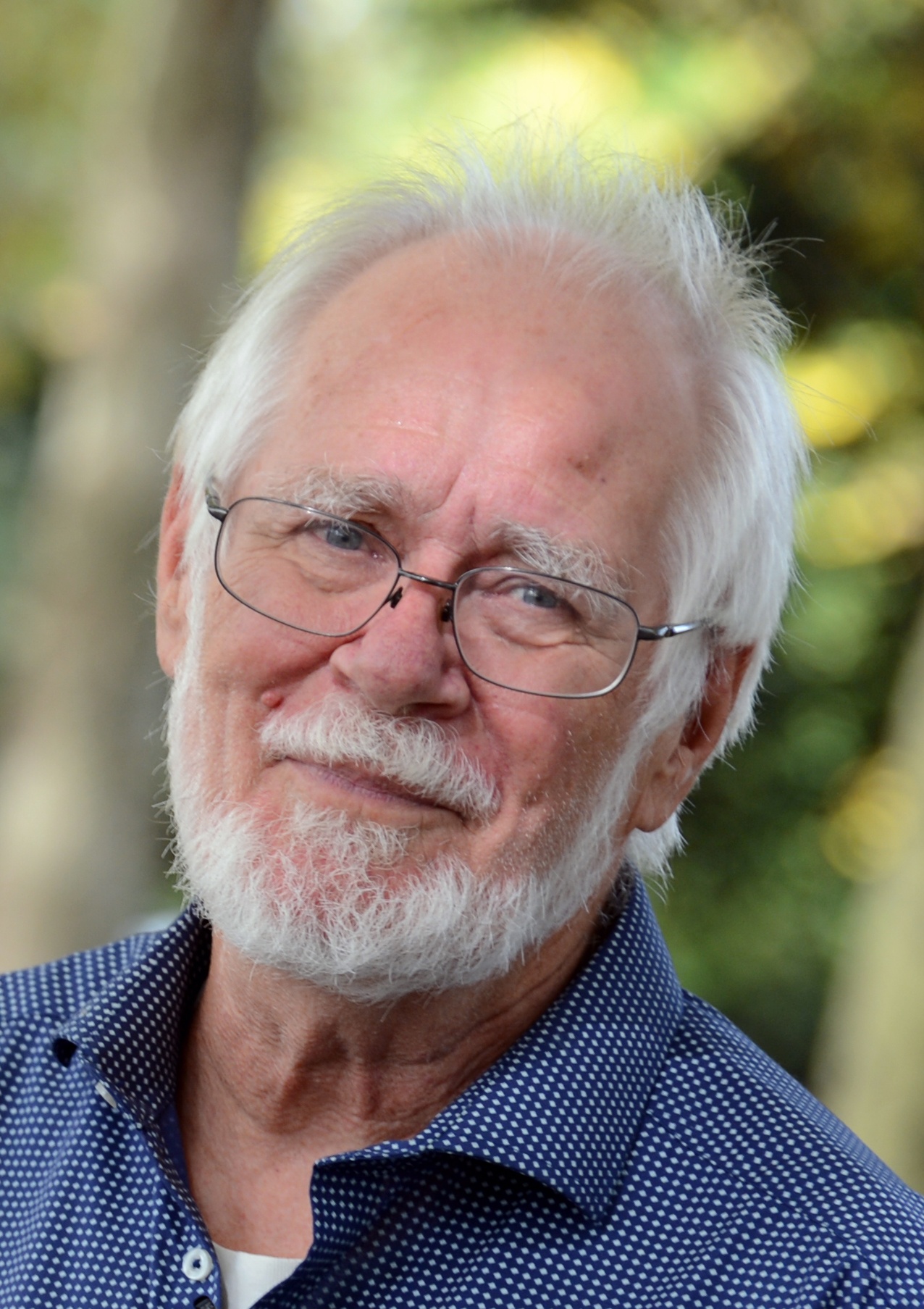
Author Safe Swiss Cloud on 13 December 2017 Safe Swiss Cloud's blog
En 2017 Jacques Dubochet a reçu le prix Nobel de chimie pour avoir développé la technique de cryo-microscopie électronique utilisée pour déterminer la structure à haute résolution des protéines en solution. La cryo-microscopie électronique est une technique de préparation d’échantillons utilisée en microscopie électronique.
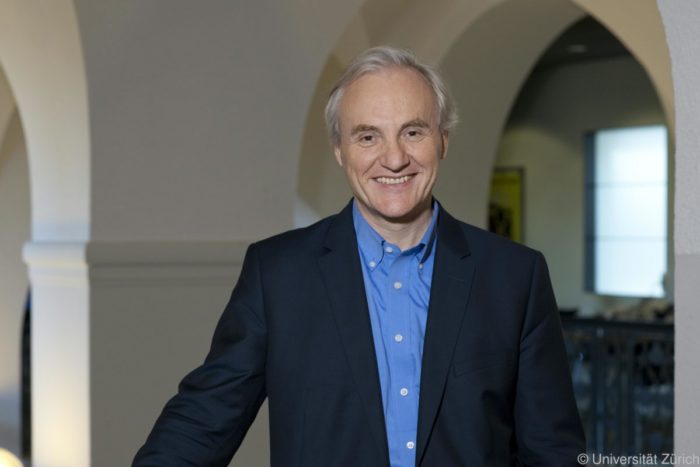
Author Gerald Dürr on 12 December 2017 Gerald Dürr's blog
When this work was published most economic models routinely assumed that material self-interest is the sole motivation of all people engaging in economic activities. In such models fairness considerations or preferences for cooperation don’t play a role when researchers analyze the outcome of economic interactions. However, there is evidence suggesting that some people care about fairness or have a preference for cooperation.

Author Safe Swiss Cloud on 11 December 2017 Safe Swiss Cloud's blog
Hook-and-loop fasteners, hook-and-pile fasteners or touch fasteners, commonly known as Velcro, is the brainchild oftheSwiss engineer George de Mestral.
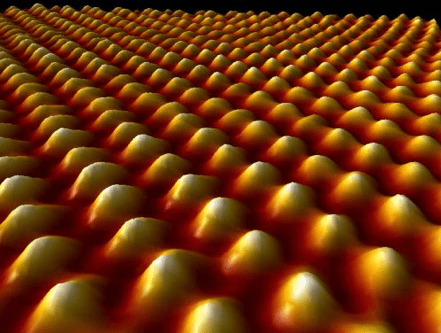
Author David Poole on 10 December 2017 David Poole's blog
The Scanning Tunneling Microscope (STM) images material surfaces at the atomic level. It was developed by Gerd Binnig and Heinrich Rohrer at the IBM Research Laboratory in Rüschlikon, Zürich in 1981. They were awarded the Nobel Prize in Physics for this invention in 1986. For the STM to work, the measured sample must conduct electricity i.e. be a metal or semiconductor. The STM is particular useful for studies in the field of e.g. nanoelectronics.
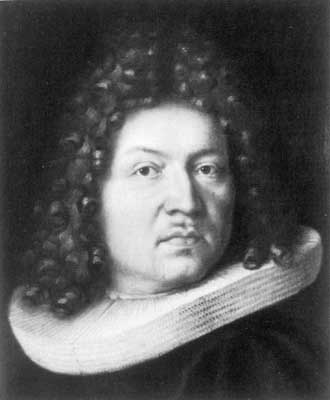
Author David Poole on 9 December 2017 David Poole's blog
Formulated by Jacob Bernoulli from Basel, the Bernoulli Distribution describes events having exactly two outcomes e.g. if a flipped coin will come up heads or not, if a rolled dice will be a 6 or another number, or whether you do or do not click the “Read more” link in this post!
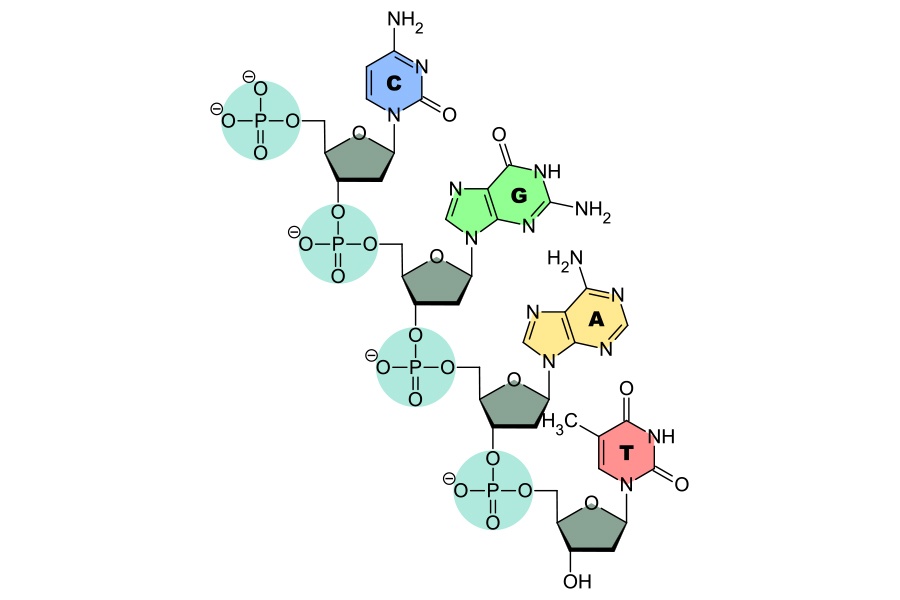
Author Safe Swiss Cloud on 6 December 2017 Safe Swiss Cloud's blog
Friedrich Miescher was a physician and professor of physiology at the University of Basel. He is known as the discoverer of nucleic acids as acidic components of the cell nucleus – the foundation stone for the discovery of DNA and thus for understanding inheritance in the 20th century.

Author David Poole on 5 December 2017 David Poole's blog
In 1905, Albert Einstein determined that the laws of physics are identical for all non-accelerating observers, and that the speed of light in a vacuum is independent of the motion of all observers. This is referred to as the Special Theory of Relativity. It introduced a new framework for all of physics and proposed an interweaving of space and time into spacetime. A building block of his theory is that of mass-energy equivalence, defined by the most famous equation in physics, E=mc2.
In 1915, Einstein added the effects of gravitation (acceleration) to form the General Theory of Relativity.
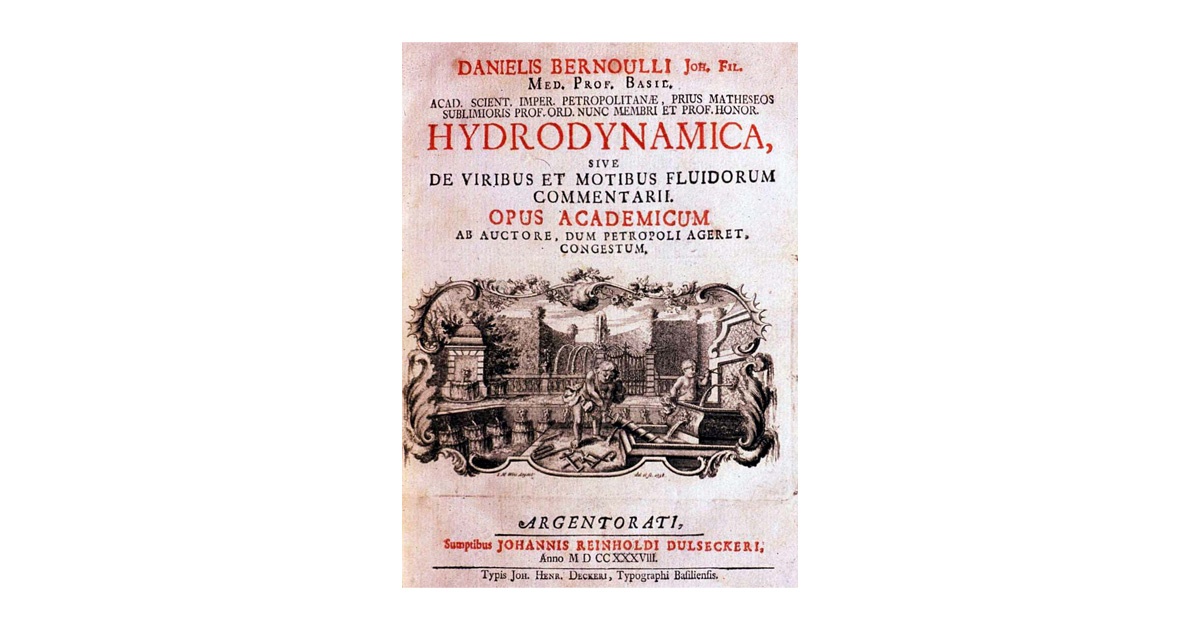
Author David Poole on 4 December 2017 David Poole's blog
In fluid dynamics, Bernoulli’s principle, a particular example of the conservation of energy, states that an increase in the speed of a fluid occurs simultaneously with a decrease in pressure or a decrease in the fluid’s potential energy. The principle is named after Basel based mathematician Daniel Bernoulli who published it in his book Hydrodynamica in 1738. Bernoulli is regarded as the founding father of fluid dynamics. A consequence of his principle is that if the velocity increases then the pressure falls. This is exploited by the wing of an aircraft, which is designed to create an area of fast flowing air above its surface. The pressure of this area is lower and so the wing is pulled upwards
| Cookie | Duration | Description |
|---|---|---|
| cookielawinfo-checkbox-analytics | 1 year | Set by the GDPR Cookie Consent plugin, this cookie is used to record the user consent for the cookies in the "Analytics" category . |
| cookielawinfo-checkbox-marketing | 1 year | This cookie is set by the GDPR Cookie Consent plugin to store the user consent for the cookies in the category "Marketing". |
| cookielawinfo-checkbox-necessary | 1 year | Set by the GDPR Cookie Consent plugin, this cookie is used to record the user consent for the cookies in the "Necessary" category . |
| JSESSIONID | session | Used for Cross Site Request Forgery (CSRF) protection |
| sdsc | session | Signed data service context cookie used for database routing to ensure consistency across all databases when a change is made. Used to ensure that user-inputted content is immediately available to the submitting user upon submission |
| viewed_cookie_policy | 1 year | The cookie is set by the GDPR Cookie Consent plugin to store whether or not the user has consented to the use of cookies. It does not store any personal data. |
| Cookie | Duration | Description |
|---|---|---|
| _ga | 2 years | The _ga cookie, installed by Google Analytics, calculates visitor, session and campaign data and also keeps track of site usage for the site's analytics report. The cookie stores information anonymously and assigns a randomly generated number to recognize unique visitors. |
| _ga_D83559EP8M | 2 years | This cookie is installed by Google Analytics. |
| browser_id | 5 years | This cookie is used for identifying the visitor browser on re-visit to the website. |
| split | 1 month | This cookie is used to evaluate the changes to the website by checking which multivariate test the user takes part in. |
| Cookie | Duration | Description |
|---|---|---|
| bcookie | 1 year | Browser Identifier cookie to uniquely indentify devices accessing LinkedIn to detect abust on the platform and diagnostic purposes |
| bscookie | 1 year | Used for remembering that a logged in user is verified by two factor authentication |
| lang | session | Used to remember a user's language setting to ensure LinkedIn.com displays in the language selected by the user in their settings |
| li_gc | 6 months | Used to store consent of guests regarding the use of cookies for non-essential purposes |
| li_mc | 6 months | Used as a temporary cache to avoid database lookups for a member's consent for use of non-essential cookies and used for having consent information on the client side to enforce consent on the client side |
| lidc | 24 hours | To facilitate data center selection |